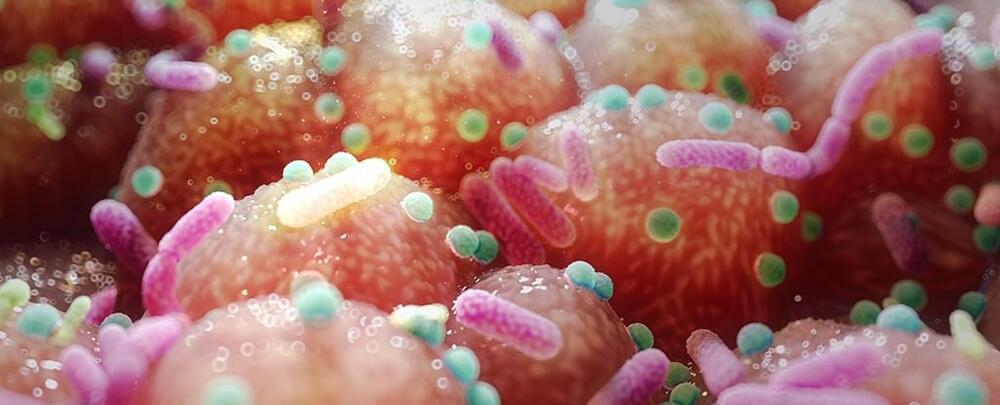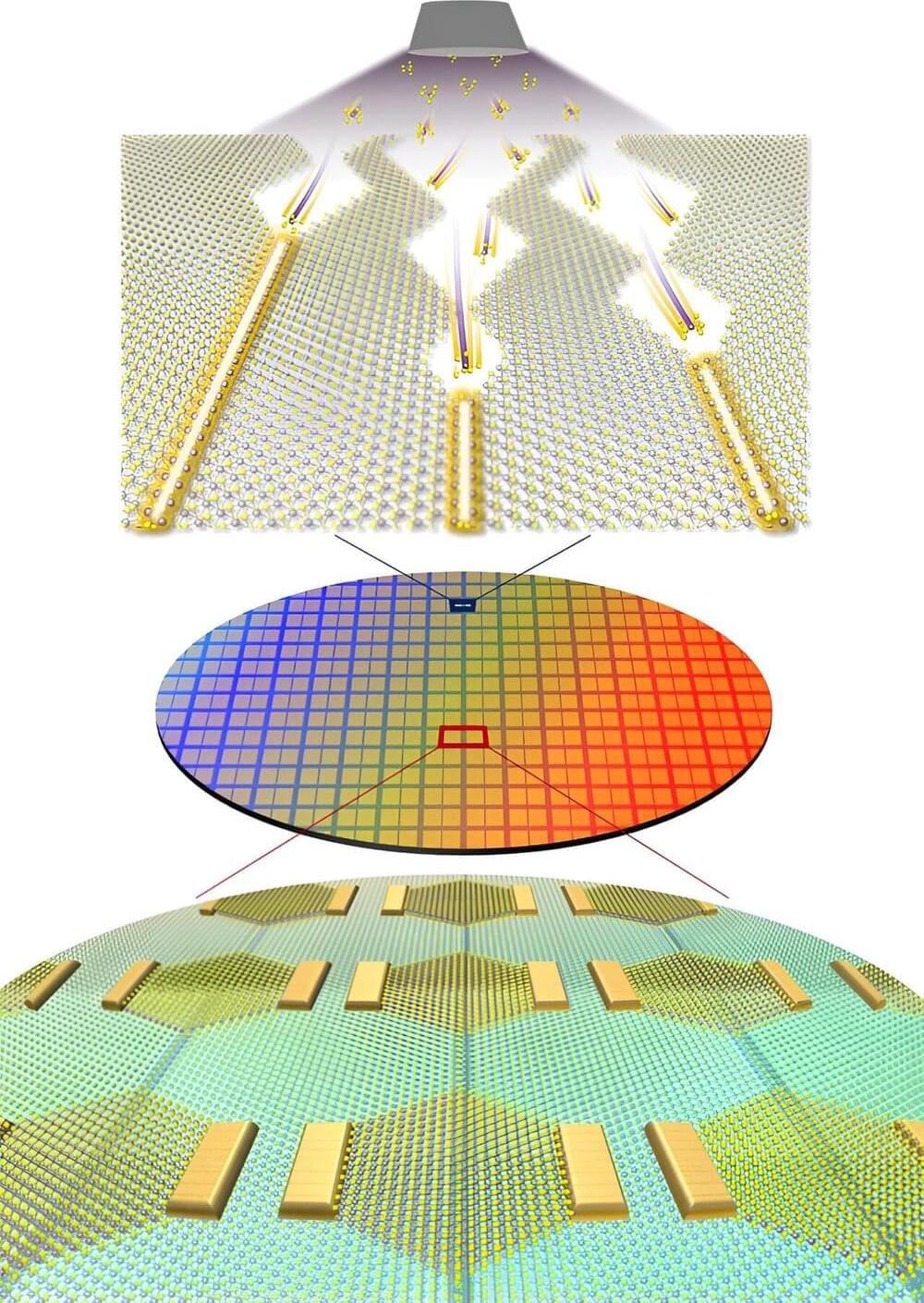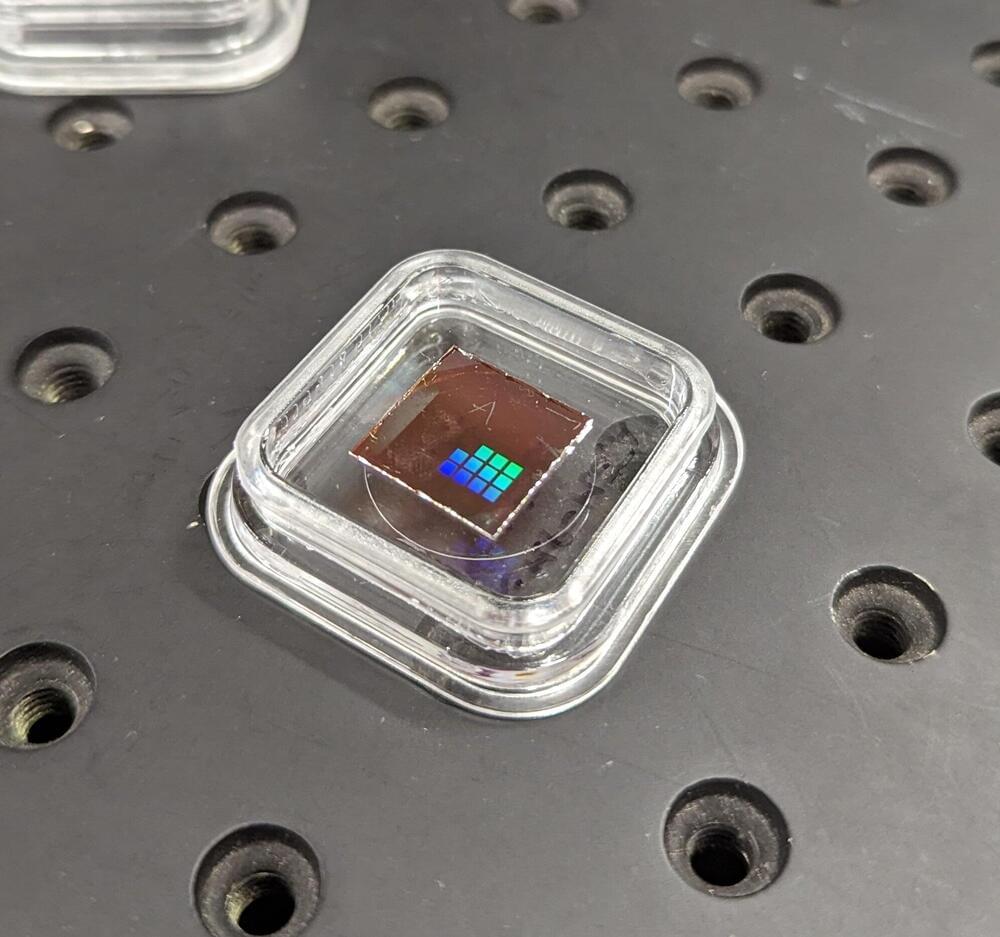New method captures CO2 while enhancing concrete strength.



For nearly 50 years, physicists have dreamed of the secrets they could unlock by raising the energy state of an atom’s nucleus using a laser. The achievement would allow today’s atomic clocks to be replaced with a nuclear clock that would be the most accurate clock to ever exist, allowing advances like deep space navigation and communication. It would also allow scientists to measure precisely whether the fundamental constants of nature are, in fact, really constant or merely appear to be because we have not yet measured them precisely enough.
Now, an effort led by Eric Hudson, professor of physics and astronomy at UCLA, has accomplished the seemingly impossible. By embedding a thorium atom within a highly transparent crystal and bombarding it with lasers, Hudson’s group has succeeded in getting the nucleus of the thorium atom to absorb and emit photons like electrons in an atom do. The astonishing feat is described in a paper published in the journal Physical Review Letters.
This means that measurements of time, gravity and other fields that are currently performed using atomic electrons can be made with orders of magnitude higher accuracy. The reason is that atomic electrons are influenced by many factors in their environment, which affects how they absorb and emit photons and limits their accuracy. Neutrons and protons, on the other hand, are bound and highly concentrated within the nucleus and experience less environmental disturbance.

#aliens #robots Welcome to an extraordinary exploration of artificial intelligence and its cosmic counterpart, the astro-chicken! Join me in this mind-blowing video where we delve into the captivating concept of interstellar colonization. You can find my book Gravity: From Falling Apples to Supermassive Black Holes here on Amazon: https://www.amazon.co.uk/Gravity-Fall… The Cosmic Mystery Tour here: https://www.amazon.co.uk/Cosmic-Myste… Artificial intelligences offers the only way to explore the stars. Humans are very delicate and not at all suited to interstellar travel. After all, it is a long long way to the stars. The nearest star is 40 trillion kilometres away. The distance between the stars is too great for it to be feasible to travel so far within human lifespans. The limitations of our biology will prevent us from exploring deep space in person. Although we might like to fantasize about traveling from star system to star system with Captain Kirk, it is almost inconceivable that any humans will ever reach the stars. But maybe there is another way to colonize the galaxy. The British theoretical physicist Freeman Dyson certainly thought so. In the 1960s Dyson, who was one of the architects of quantum electrodynamics — our best theory of electromagnetism — speculated that any sufficiently advanced civilisation would explore the galaxy by launching fleets of autonomous self-replicating robots. There are, of course, many advantages to sending robots rather than humanoids. Robots are more robust than organic lifeforms, they never get bored, and they require far less in the way of maintenance and life support systems. They can survive in harsh environments, and they are adaptable — they can be upgraded. Robots equipped with artificial intelligence could operate autonomously and perform tasks that are impossible for humans, and they could survive indefinitely. Robots could also be miniaturized so they would require far less propulsion to send them on their way. Dyson’s robots would take a blueprint or template that would enable them to create more self-replicating robots. On arrival at a suitable asteroid or planet they would establish a base and set up a means of generating and storing energy. They would then extract and refine minerals and eventually build factories with assembly lines for creating more autonomous robots, each with its own copy of the blueprint, and a propulsion system for the colonization of other star systems. Dyson called these robots astro-chickens. They would travel between the stars as cosmic eggs, hatch on arrival at a suitable destination, then create and disperse the next generation of cosmic eggs. There is no reason, in principle, why super-advanced civilizations could not create such robot explorers. They could attain high speeds as cosmic eggs using some sort of nuclear fusion engine, perhaps. The diameter of our galaxy is about 100,000 light years. Traveling between stars at a significant fraction of the speed of light, the astro-chickens could colonize the entire galaxy in under one million years, which is not long by astronomical or evolutionary time-scales. So where are the astro-chickens? No artefact of an alien civilization has ever been discovered. But, if alien civilizations exist, it might be easier to find their robot descendants than the original aliens. Maybe they are closer than we think. In fact, I have already created my own design for an autonomous, self-replicating robot, which you can witness here on my laptop. Prepare to be enthralled!
Randomly found on my hard drive.

Researchers have suspected for some time that the link between our gut and brain plays a role in the development of Parkinson’s disease.
A new study just identified gut microbes likely to be involved and linked them with decreased riboflavin (vitamin B2) and biotin (vitamin B7), pointing the way to an unexpectedly simple treatment that may help: B vitamins.
“Supplementation of riboflavin and/or biotin is likely to be beneficial in a subset of Parkinson’s disease patients, in which gut dysbiosis plays pivotal roles,” Nagoya University medical researcher Hiroshi Nishiwaki and colleagues write in their published paper.

A research team led by Director Jo Moon-Ho of the Center for Van der Waals Quantum Solids within the Institute for Basic Science (IBS) has implemented a novel method to achieve epitaxial growth of 1D metallic materials with a width of less than 1 nm. The group applied this process to develop a new structure for 2D semiconductor logic circuits. Notably, they used the 1D metals as a gate electrode of the ultra-miniaturized transistor.
This research appears in Nature Nanotechnology.
Integrated devices based on two-dimensional (2D) semiconductors, which exhibit excellent properties even at the ultimate limit of material thickness down to the atomic scale, are a major focus of basic and applied research worldwide. However, realizing such ultra-miniaturized transistor devices that can control the electron movement within a few nanometers, let alone developing the manufacturing process for these integrated circuits, has been met with significant technical challenges.

To take a picture, the best digital cameras on the market open their shutter for around around one four-thousandths of a second.
To snapshot atomic activity, you’d need a shutter that clicks a lot faster.
With that in mind, scientists have unveiled a way of achieving a shutter speed that’s a mere trillionth of a second, or 250 million times faster than those digital cameras. That makes it capable of capturing something very important in materials science: dynamic disorder.

A modern long-range wide-body airliner like the Airbus A350 takes 15 hours of non-stop flying to travel from Los Angeles to Sydney. This makes it one of the longest and most tiring airline routes for passengers. But imagine an aircraft that will reduce travel time between the two cities to just 3 hours. Sounds unrealistic, right? After all, the jet should be capable of flying multiple times the speed of sound to achieve that feat. However, the grandson of aviation giant Bombardier, Charles Bombardier, believes the technology to build such an ambitious aircraft will be available in the foreseeable future. A mechanical engineer by education, Charles leads a nonprofit organization named Imaginactive, which has created multitudes of highly-ambitious, world-changing concepts over the last few years. The Paradoxal hypersonic jet concept is one of them, and it is designed to travel at Mach 24 (nearly 16,000 mph). At this speed, it can fly out of JFK and land at Heathrow, London, covering a distance of 3,450 miles in 11 minutes. Yes, you read that right.

According to its designer, Juan Garcia Mansilla, the development of the Paradoxal concept involved numerous scientists and engineers, including some professionals from NASA. You won’t be wrong if you think the conceptual hypersonic aircraft looks like a futuristic version of the B2 stealth bomber. Both of them are strikingly similar to the peregrine falcon, the world’s fastest bird, during its dive to catch its prey.
Also read — Inspired by the Viking Ships and aptly named ‘Norway’ — This 528-foot long superyacht concept has solar sails, a sky elevator, cinema, supercar garage and even a hospital.

A compact, lightweight sensor system with infrared imaging capabilities developed by an international team of engineers could be easily fitted to a drone for remote crop monitoring.
This flat-optics technology has the potential to replace traditional optical lens applications for environmental sensing in a range of industries.
This innovation could result in cheaper groceries as farmers would be able to pinpoint which crops require irrigation, fertilization and pest control, instead of taking a one-size-fits-all approach, thereby potentially boosting their harvests.